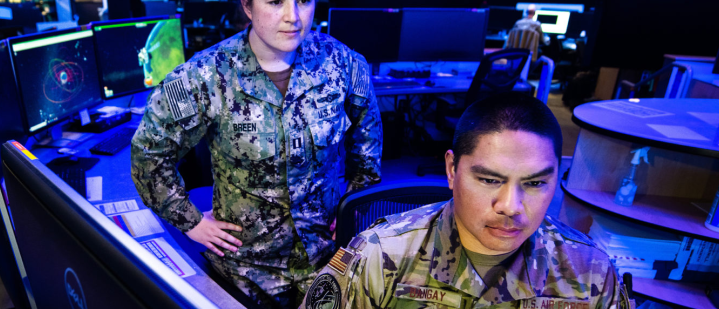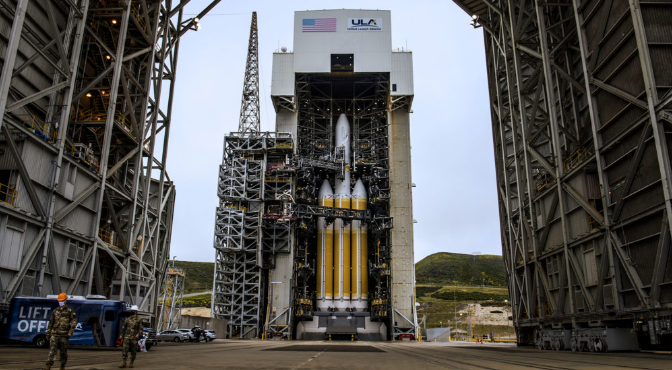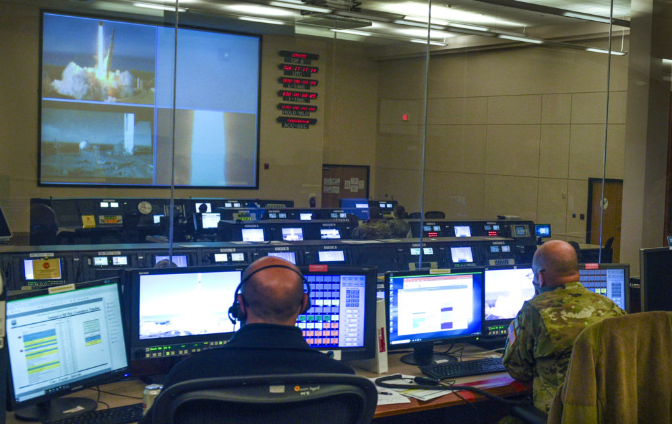The US Space Force is committed to improving the cybersecurity of space systems
The US Space Force is committed to improving the cybersecurity of space systems
The August issue of the US Air Force Magazine published an article titled "Critical Space Capabilities Vulnerable to Digital Attacks", which pointed out that ensuring the cybersecurity of space systems is more urgent than agile procurement. The US Space and Missile Systems Center is committed to developing space network test ranges and satellite penetration testing environments, evaluations, and demonstrations (SPEED), and digital space systems can help improve cybersecurity.

Threat assessments indicate that important US space assets are increasingly vulnerable to cyber threats. This is mainly because: ① The complexity of satellite architecture makes the system more vulnerable to attacks. The key components of satellite architecture include spacecraft, ground systems, and terminals, each of which is composed of systems, subsystems, and components. The complexity of the architecture increases the number of possible failure points Low cost, non attributable traceability, and reversibility make network attacks more practical. Network attacks have lower costs than physical attacks and directed energy attacks, and are more likely to infect multiple targets by interfering with satellites. Due to the reversibility of many cyber attacks, it is difficult to attribute and trace them, and they have greater concealment. However, physical attacks and directed attacks can cause permanent damage and are easy to attribute and trace Old security facilities are insufficient to cope with modern threats. The service life of satellites can last for decades (such as some satellite hardware that has been in use for over 20 years), and the hardware and security from decades ago are insufficient to combat contemporary cyber threats.
The procurement reform in April 2021 will make the Space Force procurement faster and more flexible. The Space and Missile Systems Center (SMC) will spend 85% of the Department of Defense's space budget to upgrade to the Space Force Field Command. The newly established Space Systems Command (SSC) has an annual budget of $9 billion and will rapidly identify, prototype, and innovate space-based solutions. Experts believe that reshaping the way space forces develop, acquire, and deploy satellite and ground systems is more urgent than agile procurement to ensure cybersecurity and prevent cyber espionage and intrusion. The Space and Missile Systems Center of the United States pointed out that the new system of the Space Systems Command should be more flexible and able to withstand physical and cyber attacks from adversaries.

With the advancement of procurement reform, the US Space and Missile Systems Center is committed to utilizing the infrastructure of the National Cyber Range (NCR) to develop a space network test range, providing a network space environment for testing, identification, and training. In this environment, Red Team penetration testers can conduct network attacks on the hardware models of new satellites and their virtual replicas of ground control systems in close combat conditions, in order to discover vulnerabilities and repair them. The shooting range will also be used to train satellite operators to combat such attacks. The Space Network Test Range is the most advanced of a series of network security testing and simulation projects planned by the US Space and Missile Systems Center, which can even allow the Red Team to simulate attacks on RF radio links, achieve communication and control. The space network test range project will last for three years and will be put into use in 2022, generating full combat capability in 2023. At that time, the shooting range will be handed over to the Space Systems Command to provide services to the three procurement teams of the Space and Missile Systems Center, and may also be open to commercial satellite operators.

Space system technology includes 90% of general IT technology and 10% of unique technology. In general IT technology, space systems are similar to other systems (communication systems, healthcare systems, etc.), use the same IT technology, and are as vulnerable as other systems, but can use network security solutions within the system to respond to network threats. Among unique technologies, the safety advantage of space systems lies in the fact that the special effects of this technology are unique and highly confidential, processed by a small number of professionals (such as radiation hardening processors mounted on spacecraft), but this security cannot be sustained. The procurement requirements for the Space and Missile Systems Center satellites have shifted to a more modular open system architecture with standard interfaces for "plug and play" payloads, abandoning some of the protection provided by the classified system architecture. The security flaw of 10% of the unique technology in space systems lies in the inability to directly adopt existing network threat response techniques. The current vulnerability scanning program or testing framework is not applicable to satellite systems, so the space network test range needs to develop specialized "pen" testing tools. The 'pen' tool will allow testers to simulate typical hacker attacks (such as man in the middle attacks or replay type attacks) on the unique architecture of satellite systems, detecting vulnerabilities in new satellites being prototyped and developed.

The Space and Missile Systems Center is responsible for implementing the Satellite Penetration Test Environment, Evaluation, and Demonstration (SPEED) to test and evaluate the cybersecurity of space systems throughout the entire acquisition cycle. SPEED is currently just a concept, divided into three stages: the first stage, the "pen" testing tool, is under development and will be ready for internal testing by September. The Space and Missile Systems Center will use the "pen" to test the launch vehicles for 22 satellites in the GPS IIIF constellation (which will be put into production in 2020 and planned to be launched in 2026). The second stage is to establish a fully digital spacecraft model that can be accessed from multiple locations. Attacking such digital models will help discover network security vulnerabilities in real satellites, and then fix or reduce these vulnerabilities during the manufacturing process. The third stage is to develop security tools for monitoring the internal systems of satellites and detecting malicious activities, just like network security software (such as intrusion detection and defense systems) monitors IP networks. All tools developed under SPEED will be provided to users of the Space Network Test Range (three acquisition teams from the US Space and Missile Systems Center).
Source: National Defense Technology News